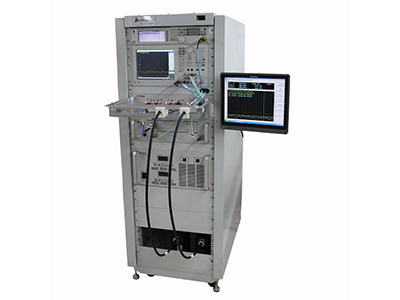NEWS CENTER
CONTACT US
Suzhou Rongke Precision Machinery Co,Ltd
Linkman:Manager Peng
Pho:18626293609
Tel:0512-66031869
Email:rongkerobert@szrongke.com
Add:No. 1111, Jinfeng South Road, Wuzhong District, Suzhou
Process flow of sheet metal processing parts
Classification:News Release time:2023-04-12 1228
According to the differences in the structure of sheet metal parts, the process flow of sheet metal processing varies, generally not exceeding the following points:
1. Cutting: There are various cutting methods, mainly the following
① Shearing machine: Using a shearing machine to cut simple materials and parts, mainly for preparing processing of mold blanking and forming, with low cost and accuracy less than 0.2, but can only process strips or blocks without holes or corners.
② Punching machine: The use of a punching machine in one or more steps to unfold parts onto a sheet metal to form various shapes of materials. Its advantages are short labor consumption, high efficiency, high accuracy, low cost, and suitable for mass production, but mold design is required.
③ NC numerical control cutting: When NC cutting, it is necessary to write a numerical control processing program. Using programming software, the developed diagram is written into a program that can be recognized by the NC numerical drawing machine tool. Based on these programs, the machine tool can step by step punch various structural shapes of flat parts on the flat plate, but its structure is affected by the tool structure, with low cost and accuracy of 0.15.
④ Laser cutting: Using laser cutting method, the structural shape of the flat plate is cut out on a large flat plate. Similar to NC cutting, a laser program needs to be written. It can cut various complex shaped flat parts with high cost and accuracy of 0.1
⑤ Sawing machine: mainly used for aluminum profiles, square tubes, drawing tubes, round bar materials, etc., with low cost and low accuracy.
2. Fitter: sinking, tapping, expanding, and drilling. The counterbore angle is generally 120 ℃, used for pulling rivets, and 90 ℃ is used for countersunk screws, tapping English bottom holes.
3. Flanging: also known as drilling or flipping, a slightly larger hole is formed on a smaller base hole, and then tapped. It is mainly processed with thin sheet metal to increase its strength and thread number, avoiding slip. It is generally used for shallow flanging of thin plates with normal hole circumference, and the thickness remains basically unchanged. When the thickness is allowed to become thinner by 30-40%, a height of 40-60% higher than the normal flanging height can be obtained. When 50% thinning is used, A relatively large flanging height can be obtained, and when the plate thickness is large, such as 2.0, 2.5 or above, it can be directly tapped.
4. Punching machine: The processing process of using molds for forming. Generally, punching machines process various processing methods such as punching, cutting corners, blanking, punching convex shells (protrusions), punching tearing, hole drawing, and forming. The processing requires corresponding molds to complete the operations, such as punching and blanking molds, convex shell molds, tearing molds, hole drawing molds, and forming molds. The operation mainly focuses on position and directionality.
5. Riveting: mainly includes riveting nuts, screws, and fasteners, which are operated by hydraulic riveting machines or punches to rivet them onto sheet metal parts. There is also a riveting method, which requires attention to direction.
6. Bending: Its processing requires a bending machine and corresponding bending molds to complete, and it also has a certain bending sequence. The principle is to fold first without interference to the next tool, and then fold later if there is interference. The relationship between bending and riveting process is generally first riveted and then bent. However, if there are materials that interfere with riveting, they need to be bent first and then pressed. Some require processes such as bending riveting and then bending.
7. Welding: The distance between the atoms and molecules of the material being welded forms a whole.
Suzhou Rongke Precision Machinery Co., Ltd. has been focusing on precision sheet metal processing for 14 years, specializing in sheet metal processing, precision sheet metal processing, and electrical assembly to meet customers' requirements from product design, prototype manufacturing to mass production. Welcome to inquire: 18626293609!
Prev:No date
Next:The Effect of Surface Spraying on Equipment Shell Sheet Metal Parts







 Service hotline:18626293609 Manager Peng
Service hotline:18626293609 Manager Peng
 Add:No. 1111, Jinfeng South Road, Wuzhong District, Suzhou
Add:No. 1111, Jinfeng South Road, Wuzhong District, Suzhou




